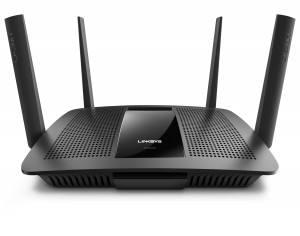Google to provide privacy-focused object blurring as an open-source tool
Article
Google is making its internal video-blurring privacy tool open source | Engadget
My Comments
There are objects you have to be careful of when you photograph them for the public Web. What I mean by that is public-facing social media accounts, blogs or similar use cases where the general public would see the content; or images being offered as stock photos for anyone to illustrate material with.
Such objects are things like vehicles with their registration (license) plates or documents that lie in the scope of a picture and they can easily be considered personally-identifiable information. Even tattoos on a person could be considered identifiable unless they are a common design.
What Google has done and is publishing as open-source is a software algorithm that follows an object like a vehicle’s number plate and blurs that object. This could happen not just in photos but in videos where that object is moving. Here, it avoids the risk of that kind of information being indexed by a search engine with optical-character-recognition abilities.
This can also come in to its own where an email address, Web link or QR code is part of an image and there is the desire to control the use of this data by people who see the image on the Internet or on TV.
It is being pitched towards creators or journalists who want to blur out personal-identifying information whether that be of themselves, their premises or people they know for content destined for the public Web. Typically this workflow will be in the form of creating and editing a “public copy” of the image they took and using that on the Website or social-media account.
But there may be some use cases where an identifier is required to be visible in the published photo. For example, when a vehicle is put on the market, having a visible registration number in the accompanying images of that vehicle in the online ad is an asset for buyers when it comes to checking that vehicle’s provenance.
What I would like to see with this software is for it to be repackaged as a free plugin for photo and video editing software. Or, better still, more photo/video editing software developer being encouraged to “bake” the privacy-blurring code in to a major version of that software.

